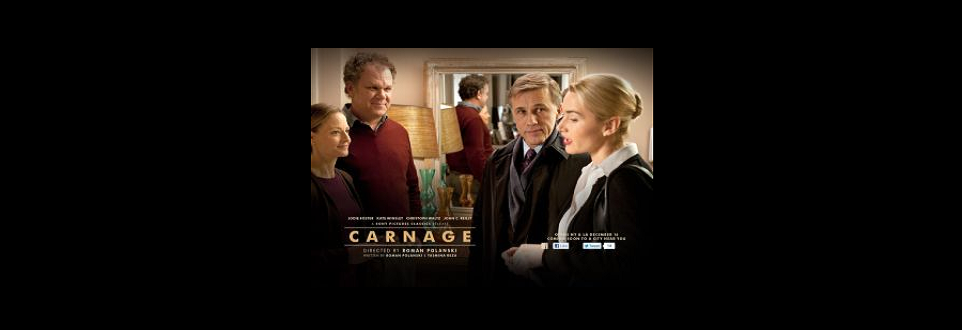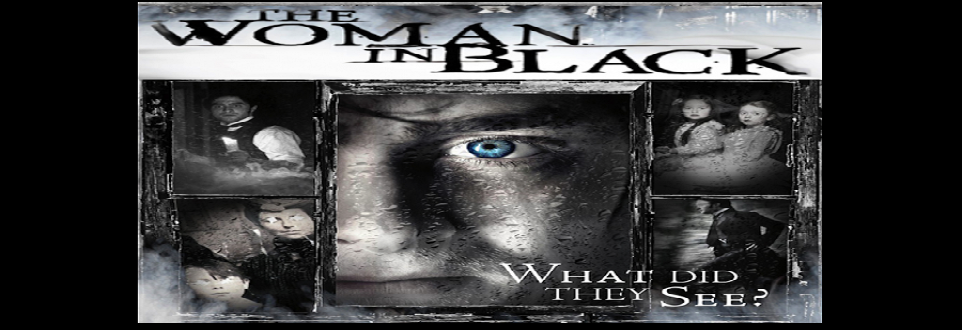This period mystery made in 1950 and starring a very young and incredibly beautiful Jean Simmons really is a little known gem of British cinema and I highly recommend it to anyone who hasn’t seen it. Chances are, a good number of you haven’t even heard of it because it rarely crops up on anyone’s list of must-see movies. But do yourself a favour and don’t let that put you off – it’ll grip you from beginning to end!
Simmons plays Vicky Barton, who along with her brother Johnny (David Tomlinson – perhaps better known for his roles in Bedknobs and Broomsticks and Mary Poppins) is en route from Naples to the Paris Exposition of 1889. She is brimming with excitement at her first visit to the French capital and can’t wait to be one of the first people to climb the new Eiffel Tower. Johnny though is more reserved, one might even describe him as stuffy but he’s willing to endure the sightseeing to please his dear little sister. Vicky is keen to stay in Paris for at least a week but he’s only booked their hotel rooms for two nights and doubts whether they will be able to extend their booking on account of the crowds that have descended on the city for the Expo. He’s also tired and keen to get home to England.
On arrival at their hotel, Vicky and her brother are welcomed by owner and manager Madame Hervé (Cathleen Nesbitt), a chalk cliff-faced widower if ever there was one and she gives them the keys to their rooms, 17 and 19. Johnny is about to sign the hotel register when he is distracted by a missing item of luggage and while he pops outside to their coach to retrieve it, Vicky signs the register instead. After having settled into their rooms, Vicky drags poor tired Johnny out for a night on the town and following dinner they head to Moulin Rouge where she encounters George Hathaway (Dirk Bogarde), a charming young artist living in Paris. However, George is with friends and so their encounter is only brief.
Back at the hotel, Vicky leaves her brother in the lobby to enjoy a nightcap and she heads up to her room with the threat that she’ll drag him out of bed at 9 in the morning. As Johnny enjoys his drink, George appears with his friends who just so happen to be staying in the same hotel. He asks Johnny if he has change for a 100 franc note because he doesn’t have anything smaller to pay his cab fare but the best Johnny can do is lend him 50 francs, which he does. George promises to pay him back in the morning. And so nightcap imbibed, exhausted Johnny finally retires to his bed behind door number 19.
In the morning when Vicky trots down the corridor towards her brother’s room his door isn’t where she thought it was and on closer inspection, door number 19 opens to reveal a communal bathroom. Assuming she must have remembered his room number wrongly, she asks Madame Hervé which room her brother is in to which she is told – “Your brother? But surely you are here alone.’ Startled, she asks the hotel porter who confirms that she arrived on her own and the register backs up their story because only her name is in it. In fact, there’s no evidence of her brother at all, not even the room he was supposed to have taken. And so begins a wonderfully paced yarn full of Victorian etiquette and charm that will keep you guessing right up to the end.
I would be doing you a disservice if I revealed the rest of the plot so I won’t but I will say that Vicky seeks help from the dashing young George who is only too happy to come to this fair maiden’s aid. Simmons is just terrific as the confused and rather helpless innocent abroad and Bogarde plays his part of the raffish young hero as easily as he does in many of his movies. The sets and costumes are splendid as are the exterior shots; you’d never guess it was filmed entirely at Pinewood and to add to the film’s overall authenticity many of the British supporting cast (who are all excellent by the way), speak French like natives. The audience is not distracted by unnecessary subtitles either and it works because even if you don’t understand the language, you understand body language. Sometimes a shrug of the shoulders or a wave of a hand can relate as much as any line of dialogue.
Written by Hugh Mills and Anthony Thorne and directed by Terence Fisher and Antony Darnborough the film has parts that will make you giggle and others that will send a shiver down your spine. Imagine being a stranger in a strange land with no money and very little knowledge of your environment only to be told the person you arrived with (and more worryingly your guardian – the person who was looking after you) was but a figment of your imagination! A hard to imagine scenario, isn’t it but scary nonetheless. But did it really happen? Well, according to legend it did (with a slight variation on the characters) although there is no evidence to back up this claim (sounds like poor young Vicky).
So Long at the Fair is an intriguing British noir, a dark little tale set in the city of light. It’s worth a look for many reasons not least because there’s something frighteningly real about it. Has such a thing really happened before? And in today’s complicated and technologically advanced world could such a scenario happen at all? Surely not. But just suppose the day before the opening ceremony at London 2012…




